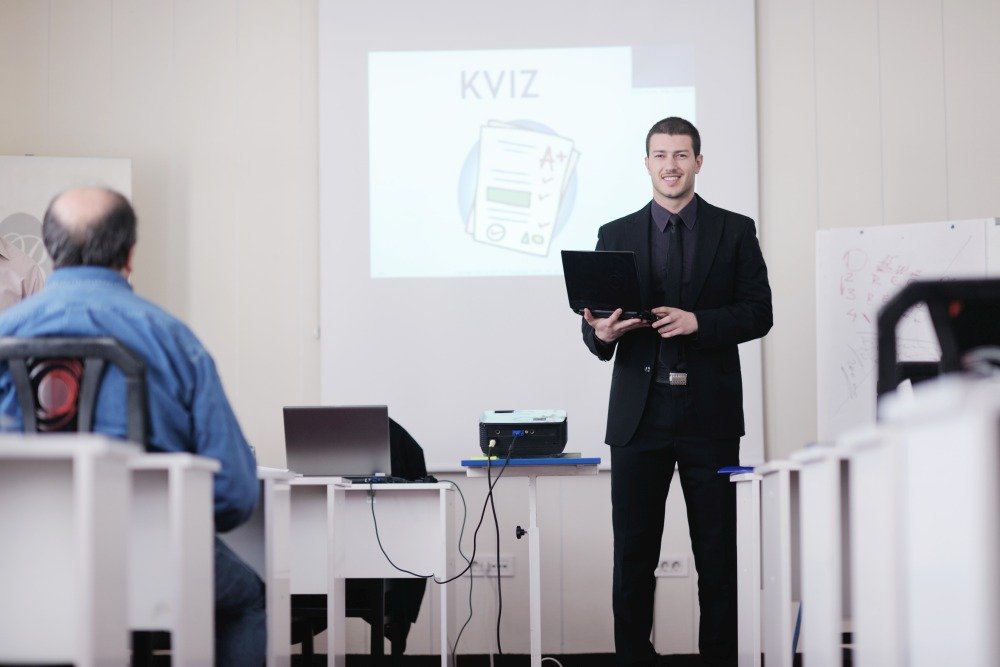Principle of Recency in Presentations
Not everyone has a gift for public speaking and delivering excellent presentations. In fact, there are many people who are terribly afraid of speaking in front of other people. Now imagine how hard it is for them to even talk about a particular topic in public, expounding on ideas, engaging the audience, and even being interactive with them. Not everyone can get up on stage and give a great and lasting presentation that people will learn from. However, by applying the right principles in public speaking, you can be sure that your next presentation will be a hit—with your audience talking about it for days. One important point to remember whenever you’re giving presentations is the Principle of Recency.

What is the Principle of Recency?
The Principle of Recency is one of the several Principles of Learning, along with Readiness, Exercise, Effect, Primacy, Intensity, Freedom and Requirement. The Principle of Recency states that people remember best things that are most recently learned. This means that they remember best the last thing you tell them. This applies in advertising, teaching, and even daily conversations.
For example, it is easier to remember the set of instructions given to you by your manager just a few moments ago than the instructions given to you, say, last week. In practical life, you have an easier time remembering the menu of the restaurant you just ate in than the menu you ate in last weekend.
In other words, the closer you are to learning about something and applying what you have learned, the better you are at it.
With the Principle of Recency, the last information acquired is better remembered compared to the information that came before it. This is why teachers have to review the lessons at the end of class, or why the presenter has to summarize his key points at the end of the slideshow. This is the principle in action without you actually being aware of it.

The Principle of Recency in Presentations
When it comes to presentations, the principle of recency can be best utilized in many ways. First of all, upon planning, you should already structure your presentation in a way that takes into consideration the principle of recency.
You should introduce your topics and subtopics in a logical order, emphasizing major points when necessary. And then, by the end of every topic or subtopic, you should have a summary of your major points so that your audience can remember what you have discussed. Furthermore, you can add a general summary at the very end of your deck to give your audience a last glimpse of the major points raised in the whole exercise. This allows them time to take away the major points and connect them easily to what they have remembered. This also allows them to best remember what you have discussed as a whole.
To take advantage of the Principle of Recency in your own presentation, you can structure your summary as this: your primary message, your main points, and what you want your audience to take away from the presentation. This way, you have a better chance of imparting to your audience your message in a way that they will remember and even practice.

Summarizing Major Points at the End of Presentation
Aside from this, you should also apply the Principle of Recency in your spoken presentation. After all, any good and effective presenter should not rely solely on their slides to interact with the audience. The most captivating speakers are those that can really connect with the audience verbally, as if you’re just conversing casually with them.
Therefore, when talking to your audience, you should keep in mind the Principle of Recency by repeating or emphasizing your core message and important points at the end of your speech. You can also leave your audience a story, an anecdote, or a quotation that will leave a powerful impression on your audience. This helps wrap up your presentation beautifully while also creating a lasting impact the audience can definitely carry with them even after they leave the auditorium or conference hall.

In conclusion, you can make the most out of your presentation and be an effective presenter by applying the Principle of Recency. You can do this by summarizing the main points of your presentation in your slides as well as in your speech. That way, when you wrap up your presentation and your audience leaves, you can be sure that the most important information of your presentation will still be fresh in their minds and is effectively well-remembered.
